Innovation is more important than ever in modern agriculture. The industry as a whole faces enormous challenges, including rising supply costs, labor shortages, and changing consumer preferences for transparency and sustainability. Agricultural companies are increasingly recognizing the need to address these challenges. Over the past 10 years, there has been a massive increase in investment in agricultural technology, with $6.7 billion invested over the past five years and $1.9 billion in the last year alone. 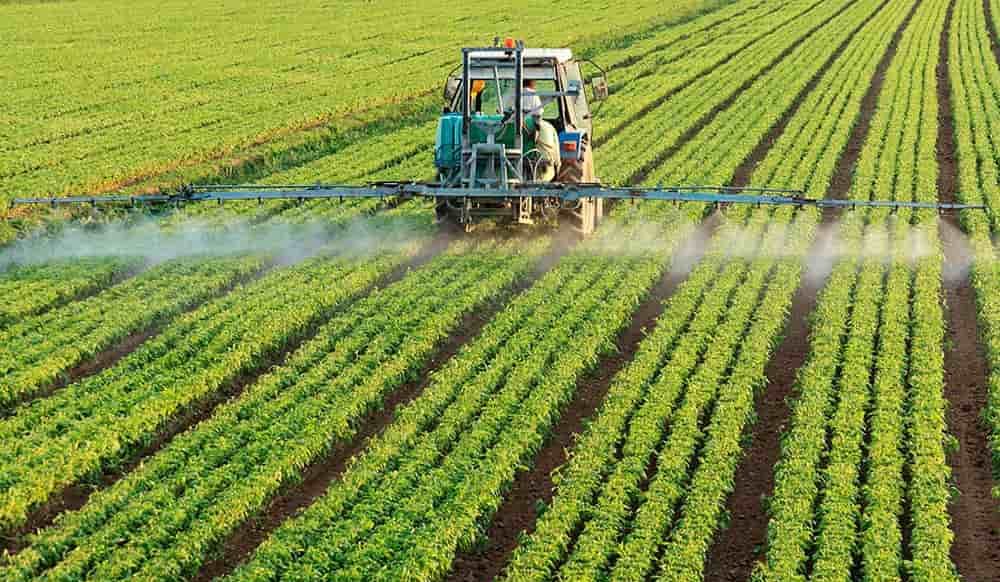 The main technological innovations in this field are in areas such as indoor vertical farming, automation and robotics, livestock technology, modern greenhouse practices, precision agriculture and artificial intelligence, and blockchain. In recent years, the use of digital technologies in precision agriculture has modified the way farmers handle crops and manage their fields. You don't need to be an expert to see how this technology is changing the concept of agriculture, making it more profitable, more efficient, safer and simpler. Among other techniques, farmers chose five that they thought were the best:
The main technological innovations in this field are in areas such as indoor vertical farming, automation and robotics, livestock technology, modern greenhouse practices, precision agriculture and artificial intelligence, and blockchain. In recent years, the use of digital technologies in precision agriculture has modified the way farmers handle crops and manage their fields. You don't need to be an expert to see how this technology is changing the concept of agriculture, making it more profitable, more efficient, safer and simpler. Among other techniques, farmers chose five that they thought were the best:
- GIS and Agriculture GPS software
- Satellite images
- Drones and other aerial photos
- Agricultural software and data online
- Merging data sets
As a result, modern farms benefit greatly from growing digital farming. These benefits include reduced consumption of water, nutrients, and fertilizers, reduced negative impacts on surrounding ecosystems, reduced chemical flow into local groundwater and rivers, improved efficiency, lower prices, and more. As a result, the business becomes cost-effective, smart and sustainable. Let's discuss some of these farming techniques. 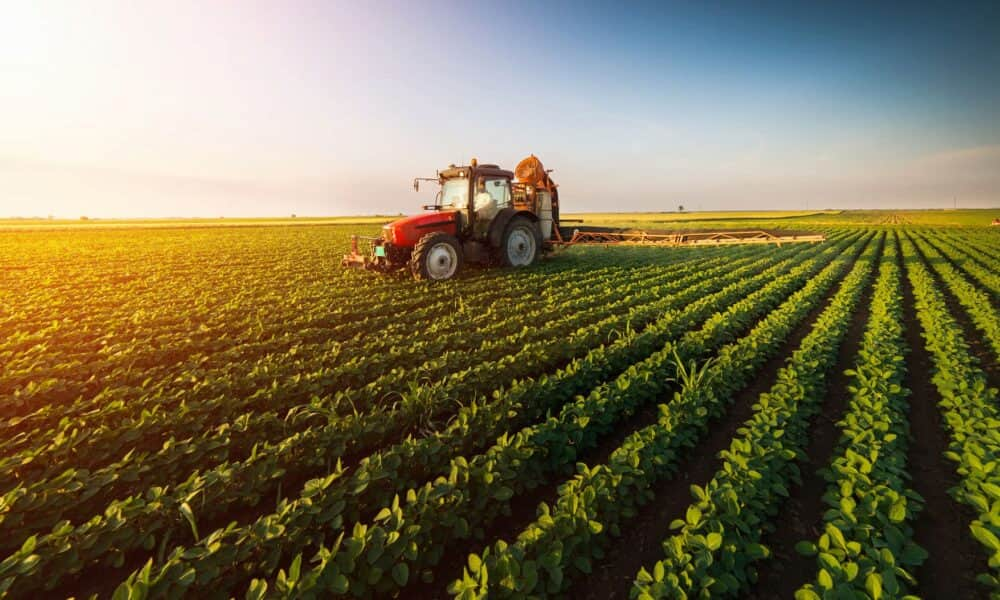
Indoor Vertical Farming
Indoor vertical farming can increase crop yields, overcome limited land area, and even reduce the environmental impact of farming by reducing distances in the supply chain. Indoor vertical farming can be defined as the practice of stacking produce together in a closed and controlled environment. By using vertically mounted planters, they significantly reduce the amount of land required to grow plants compared to traditional planting methods. This type of farming is often associated with urban and urban farming due to its ability to thrive in limited spaces. What distinguishes vertical farms is that some settings do not require soil to grow plants. Most are hydroponics, in which vegetables are grown in nutrient-rich hydroponic containers, or aeroponics, in which plant roots are systematically sprayed with water and nutrients. Instead of natural sunlight, use artificial grow lights. Vertical farming is the practice of growing crops in vertically stacked layers. [1] It often includes controlled ecological farming and soilless farming techniques designed to improve plant growth, such as hydroponics, hydroponics, and aeroponics. 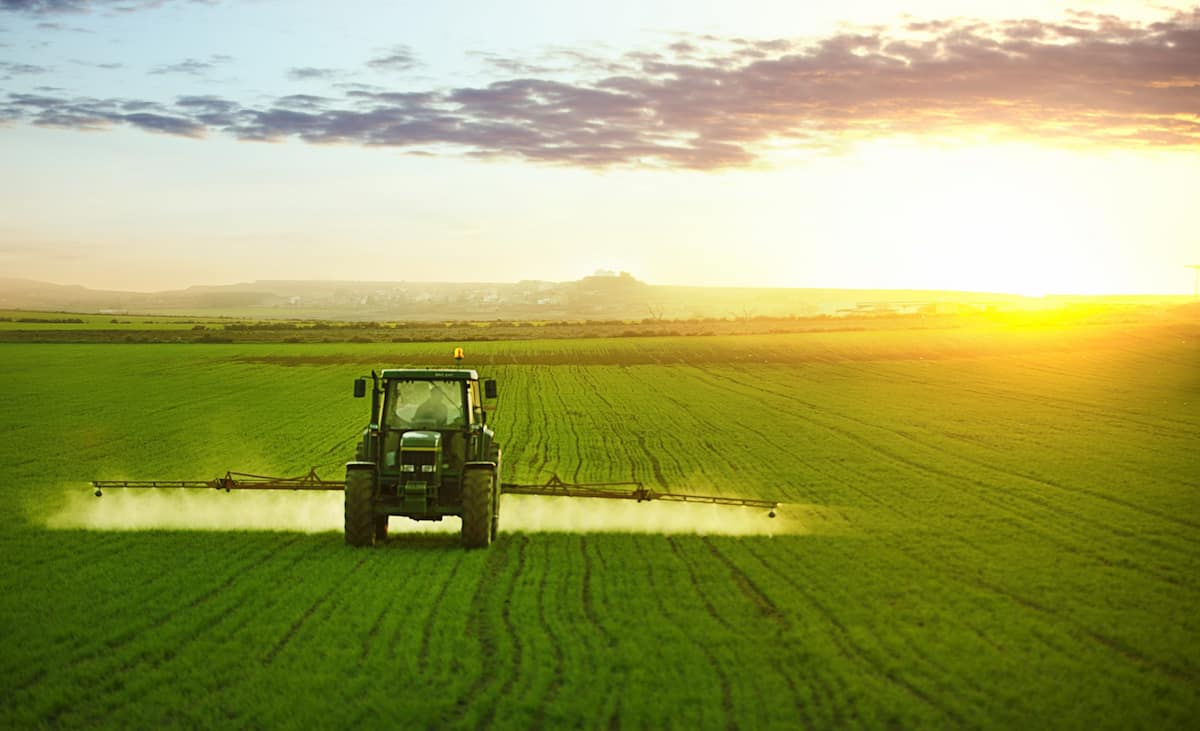 [1] Some common structural options for accommodating vertical farming systems include buildings, shipping containers, tunnels, and abandoned mines. As of 2020, there are approximately 30 hectares (74 acres) of operational vertical farmland worldwide. The main advantage of using vertical farming techniques is to increase crop yields while reducing land requirements per unit area. [6] Since crops do not share the same land when planted, a variety of crops can be grown at the same time, which is another welcome advantage. Additionally, because crops are placed indoors, they are resistant to weather turbulence, which means fewer crops are lost due to extreme or unexpected weather events. Due to limited land use, vertical farming is less destructive to native flora and fauna, which increases the protection of native flora and fauna.
[1] Some common structural options for accommodating vertical farming systems include buildings, shipping containers, tunnels, and abandoned mines. As of 2020, there are approximately 30 hectares (74 acres) of operational vertical farmland worldwide. The main advantage of using vertical farming techniques is to increase crop yields while reducing land requirements per unit area. [6] Since crops do not share the same land when planted, a variety of crops can be grown at the same time, which is another welcome advantage. Additionally, because crops are placed indoors, they are resistant to weather turbulence, which means fewer crops are lost due to extreme or unexpected weather events. Due to limited land use, vertical farming is less destructive to native flora and fauna, which increases the protection of native flora and fauna. 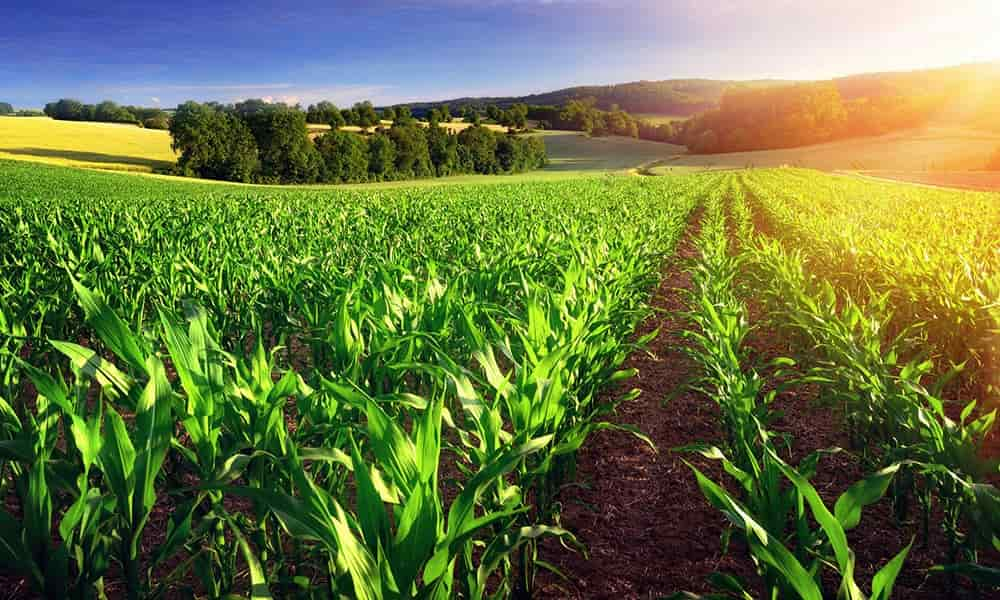
Farm Automation
Farm automation, often associated with “smart farming,” is a technology that increases farm efficiency and automates the crop or livestock production cycle. More and more companies are working on robotics innovations to develop drones, autonomous tractors, robotic harvesters, self-watering and seeding robots. Although these technologies are fairly new, the industry has seen more and more traditional agricultural companies adopt farm automation in their operations. It is important to understand that agriculture is a broad term that covers all agricultural processes from planting to harvesting. In its simplest definition, mechanized farming covers all practices of farming and harvesting with the help of machinery and other equipment. These devices can be found on the farm itself, as machines that can perform tasks faster and more efficiently, or help improve accuracy and precision. We can divide agricultural automation into two functions. One is “mechanization”, that is, the replacement of labor by machinery. This is already widely used in farms, but automation is going a step further. New developments in technologies ranging from robotics and drones to computer vision software have revolutionized modern agriculture. The main objective of farm automation technology is to cover the simple and most mundane tasks. Some of the major technologies most commonly used on farms include: harvesting automation, autonomous tractors, seeding and weeding, and drones. Farm automation technology addresses major issues such as global population growth, agricultural labor shortages, and changing consumer preferences. The benefits of automating traditional agricultural processes by addressing issues such as consumer preferences, labor shortages, and agro-environmental impacts are enormous. 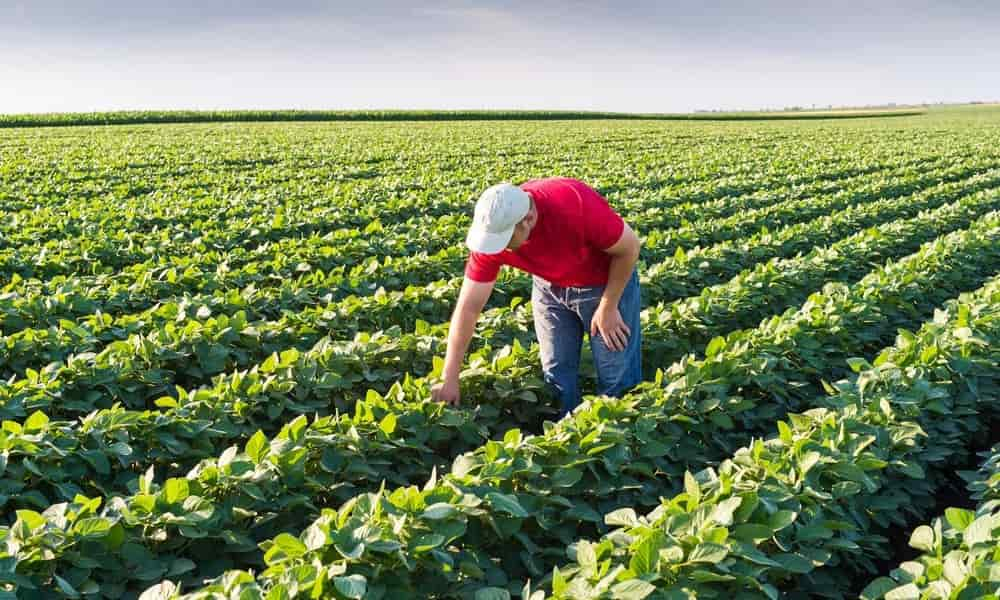
Livestock Farming Technology
Traditional livestock farming is a widely neglected and underserved industry, although it is arguably the most important. Livestock provide a natural, renewable resource that we desperately need and depend on every day. Livestock management is traditionally defined as the management of a poultry farm, dairy farm, cattle ranch or other livestock related agricultural business. Livestock managers must keep accurate financial records, supervise workers, and ensure proper care and feeding of animals. However, recent trends prove that technology is revolutionizing the world of livestock management. New developments over the past eight to ten years have brought massive developments in the industry, making livestock tracking and management easier and data-driven. This technology can come in the form of food technology, genetics, digital technology, and more. Livestock technologies can enhance or improve the productivity, welfare, or management of animals and livestock. Livestock technologies can enhance or improve the productivity, welfare, or management of animals and livestock. The concept of “connected cows” is the result of an increasing number of dairy herds equipped with sensors to monitor health and increase productivity. 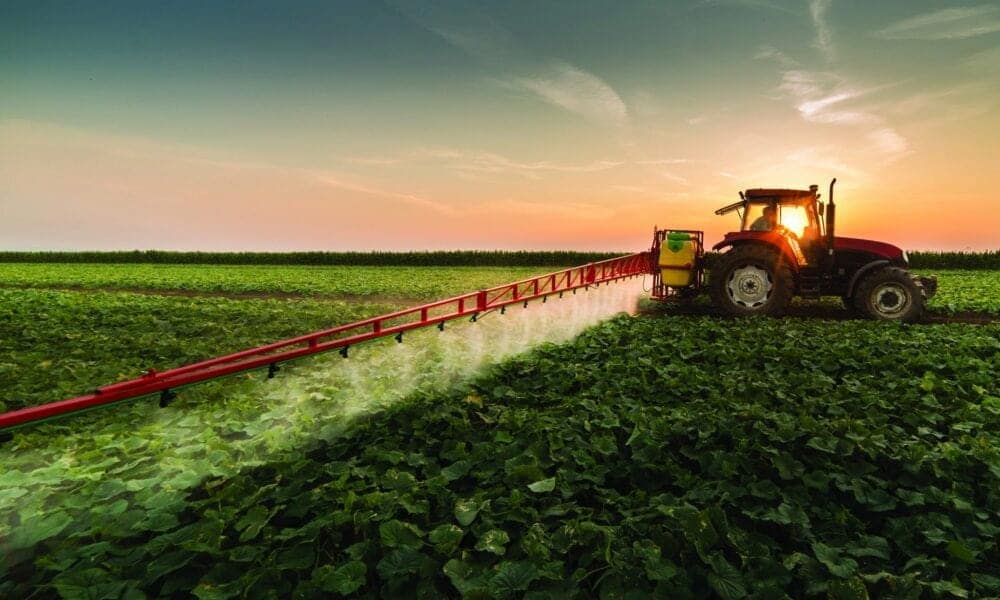 Placing a single wearable sensor on a cow can track daily activities and health-related issues, while providing data-driven insights to the entire herd. All of this generated data is also transformed into meaningful, actionable insights that producers can quickly and easily view for quick management decisions. Animal genomics can be defined as the study of the entire genetic landscape of a living animal and how they interact to influence the animal's growth and development. Genomics helps livestock producers understand the genetic risks of their herds and determine the future profitability of their livestock. By being strategic for animal selection and breeding decisions, bovine genomics enables producers to improve the profitability and production of their herds. Sensing and data technologies bring enormous benefits to the current livestock industry. It can improve livestock productivity and welfare by intelligently detecting diseased animals and identifying area for improvement. Computer vision enables us to capture a variety of unbiased data that will be summarized into meaningful and actionable insights. Data-driven decision-making leads to better, more effective and timely decisions that increase herd productivity.
Placing a single wearable sensor on a cow can track daily activities and health-related issues, while providing data-driven insights to the entire herd. All of this generated data is also transformed into meaningful, actionable insights that producers can quickly and easily view for quick management decisions. Animal genomics can be defined as the study of the entire genetic landscape of a living animal and how they interact to influence the animal's growth and development. Genomics helps livestock producers understand the genetic risks of their herds and determine the future profitability of their livestock. By being strategic for animal selection and breeding decisions, bovine genomics enables producers to improve the profitability and production of their herds. Sensing and data technologies bring enormous benefits to the current livestock industry. It can improve livestock productivity and welfare by intelligently detecting diseased animals and identifying area for improvement. Computer vision enables us to capture a variety of unbiased data that will be summarized into meaningful and actionable insights. Data-driven decision-making leads to better, more effective and timely decisions that increase herd productivity. 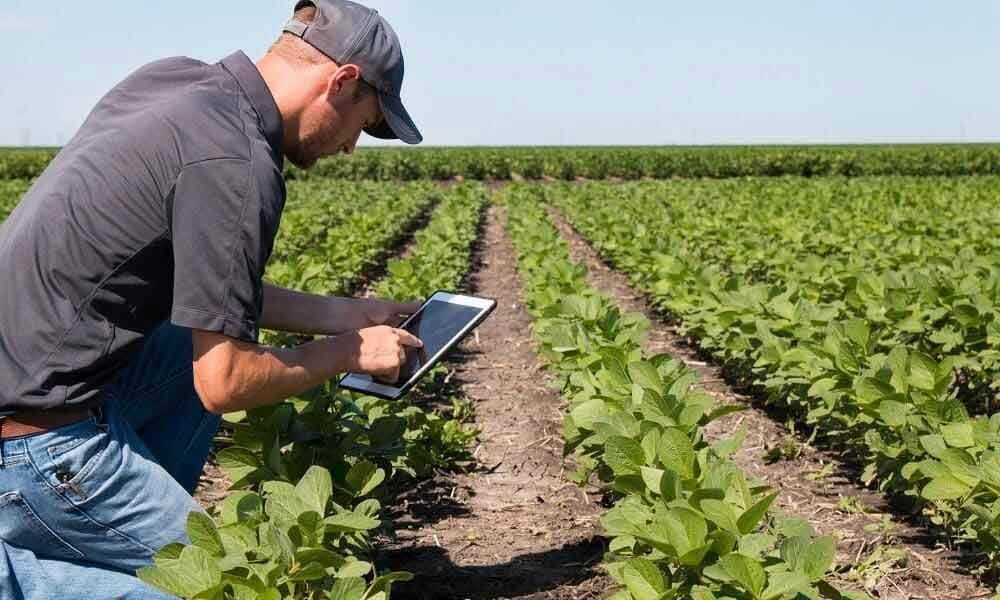
Modern Greenhouse
In recent decades, the greenhouse industry has shifted from small facilities primarily used for research and aesthetic purposes (such as botanical gardens) to larger facilities that directly compete with traditional food production on land. Taken together, the entire global greenhouse market currently produces approximately $350 billion of vegetables annually, with the United States producing less than 1 percent. Today, the industry is experiencing unprecedented growth, due in large part to the recent massive advances in technology. Greenhouses are increasingly present today, and they are large-scale, capital-filled, and centered around the city. The entire global greenhouse market currently produces approximately $350 billion in vegetables annually. With the explosive growth of the market, there has also been a clear trend in recent years. Modern greenhouses are becoming increasingly technological, using LED lights and automatic control systems to perfectly adjust the growing environment. Successful greenhouse companies are significantly expanding their farming facilities and locating them near urban centers to take advantage of the growing demand for local food, regardless of the season. To achieve these achievements, the greenhouse industry is also increasingly investing capital, using investment capital and other resources to build the infrastructure needed to compete in the current market. 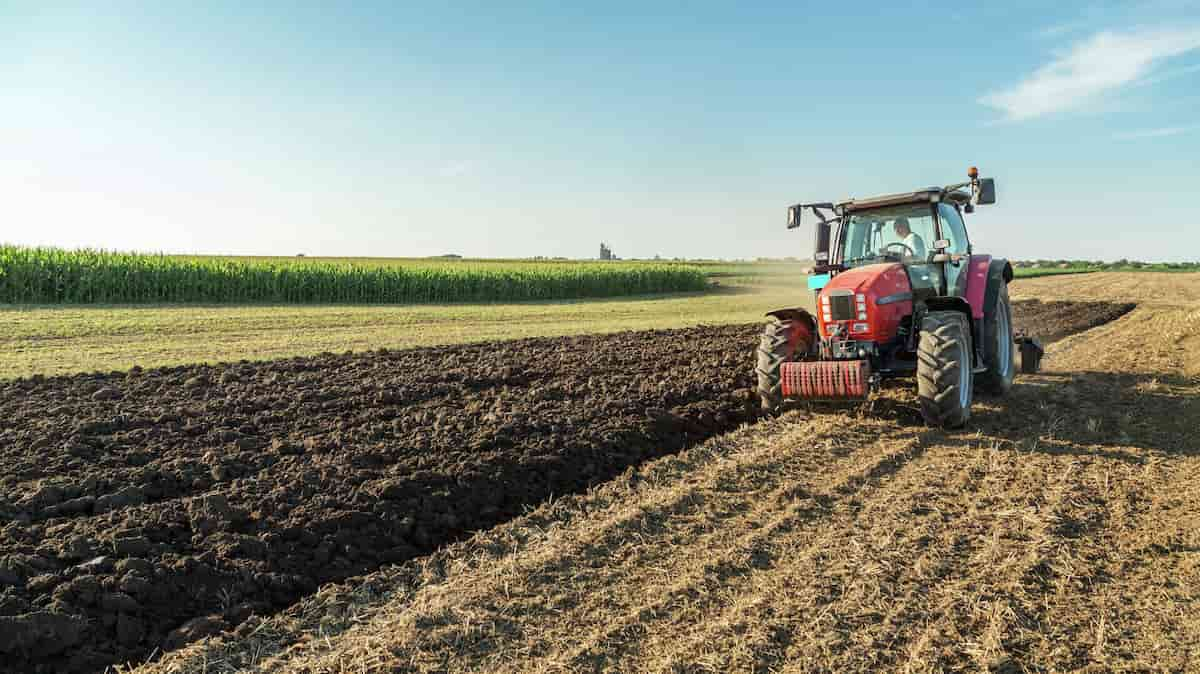
Blockchain
Blockchain tracking of proprietary records and tamper resistance can be used to address pressing issues in the current food system such as food fraud, safety recalls, supply chain inefficiencies and food traceability. Blockchain's unique decentralized structure ensures proven products and practices, creating a marketplace for transparent and high-quality products. Food traceability has been at the heart of recent discussions around food safety, especially with new developments in blockchain applications. Due to the perishable nature of food, the entire food industry is highly vulnerable to errors that ultimately affect human life. When a foodborne illness threatens public health, the first step in root cause analysis is to trace the source of the contamination, and the uncertainty cannot be tolerated. Blockchain can be used to address pressing issues in the current food system such as food fraud, safety calls, supply chain inefficiencies, and food traceability. Therefore, traceability is critical to the food supply chain. The current communication framework within the food ecosystem makes traceability a time-consuming task, with some interested parties still tracking the information on paper. The blockchain structure ensures that each participant in the food value chain securely creates and shares data points to create a responsible and traceable system. Numerous data points with clear proprietary labels can be recorded instantly without any changes. Thus, food product journey records from farm to fork can be monitored in real time. 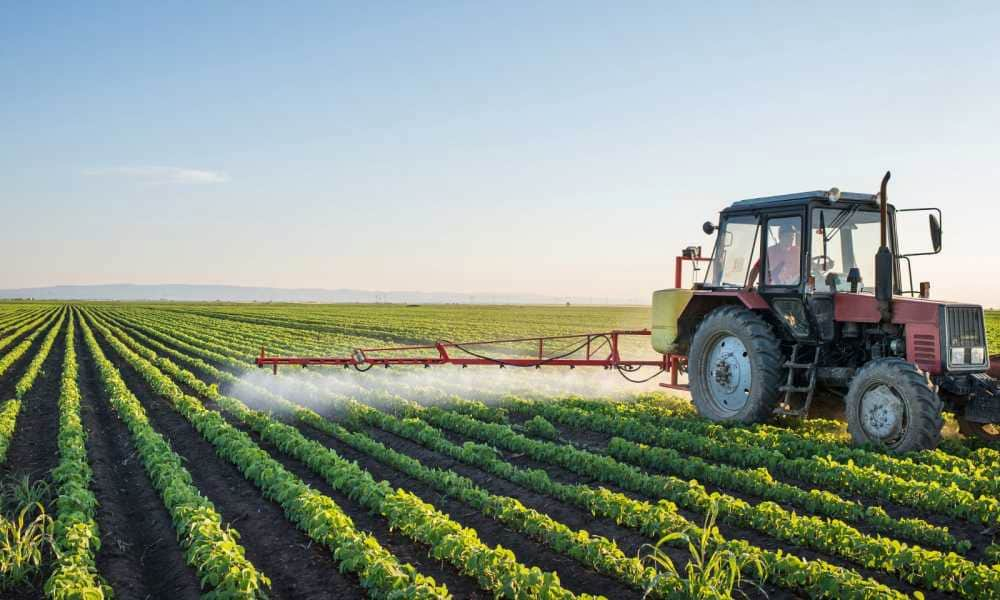
Artificial Intelligence
The emergence of digital agriculture and associated technologies has brought about a wealth of new data opportunities. Remote sensors, satellites and drones can collect information on the entire location 24 hours a day. It can monitor plant health, soil condition, temperature, humidity, etc. The amount of data that these sensors can generate is enormous, and the importance of that data is hidden in a torrent of data. The idea is to give farmers a better understanding of local conditions through advanced technologies, such as remote sensing, that can tell them more than they can see with the naked eye. It's not only more accurate than seeing it walk or drive in a field, it's faster. Remote sensing enables algorithms to interpret a field's environment as statistics that can be understood by farmers and used in decision making. Algorithms process the data, adapt and learn from the data they receive. The more inputs and statistics are collected, the better the algorithm can predict a set of outcomes. The goal is for farmers to be able to use this AI to achieve better harvest goals by making better decisions in the field.
